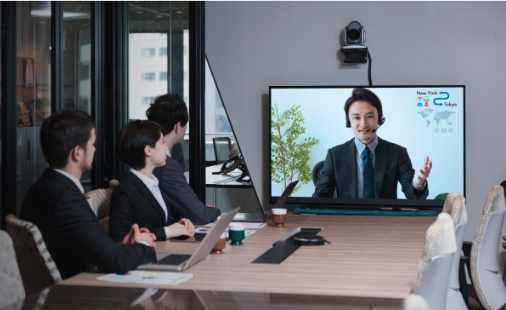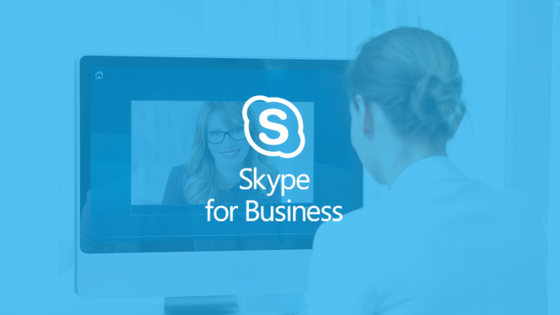There’s been plenty of news lately connected some of the issues we care about a lot at Vyopta, especially the move toward hybrid work and the future of workplace collaboration. Here’s some of our favorites…
HYBRID FOR GOOD: The head of talent for one of the largest consumer brands in the U.S. and the world shared his company’s latest views on how to handle office workers going forward. Sergio Ezama, chief talent officer for PepsiCo, gave corporate leaders plenty to think about in a recent feature interview with CNN, including that its future expectation is for a 50-50 balance between in-office work and remote. That’s the target Ezama shared for the company’s 80,000 knowledge and office workers, following the shift to hybrid work that will remove the expectation of employees having to report to the office as the de facto work arrangement.
In his own words: “The first key idea is there is no default workplace. This idea of the physical office as the default environment doesn’t exist any more.” Ezama said PepsiCo will work toward making time in the office more impactful and relevant – making those trips matter – by celebrating company culture and the social connections with coworkers that take place when people are able to collaborate together.
The company’s real estate holdings are also headed for a shakeup, as the needed physical footprint of its headquarters in Purchase, New York will move toward having unassigned locations. Instead of assigned desks that space will evolve toward emphasizing collaboration and small meeting spaces along with desks or other spaces that can be booked as needed.
Along with reconsidering how to use conference and larger meeting areas in the most efficient manner possible, PepsiCo’s moves around hybrid work and maximizing their workspace in new ways seem to be gaining in popularity based on what we’ve heard from customers and industry leaders.
SAFE REOPENING: Looking in the direction of workplaces that sat idle through the pandemic, the New York Times recently offered suggestions from public health and facilities experts about the steps companies should take to safely reopen and ensure employee safety even in a hybrid work setting with fewer people in the office.
Their advice in short: run and clean those pipes to flush out bacteria, focus on high-volume HVAC equipment to change over the air several times an hour, and allow fresh air in whenever possible.
Looking toward the everyday, the experts caution that airborne cleaners and chemicals can do as much harm as they do to benefit from a bacteria prevention perspective, in large part because of the respiratory irritant qualities many of them present.
And clear plastic dividers in offices are also seen as a poor choice because (1) particulates tend to stay aloft long enough and travel far enough to travel over/around the dividers and (2) they can impede normal flow and lead to stagnant air.
Their advice for smart reopening practices? Good old diligent handwashing, lower density of workers per square foot, and even considering grouping workers together in a hybrid work setting to limit interactions with the entire pool of people in an office. When combined with contact tracing and intelligence around workplace insights for meeting areas, those steps can make it possible to work safely and make the workplace feel humane while creating a new normal free of alienation.
BURNOUT POTENTIAL: With workers expected to continue a meaningful level of remote work going forward, The Economist offers caution that the strong productivity shown in the immediate switch 16 months ago is at least partly due to people working longer. Those findings come mainly from a recent study that analyzed work habits and activities on employee computers, tracking which tools and websites were active along with keyboard and mouse usage.
The main thrust was workers appear to be logging 30 percent more time to achieve essentially the same results.
We’ve written before about the prospect of burnout that comes with hybrid work and remote work, and the importance of managers watching how much time their teams are spending in virtual meetings or other activities that don’t directly contribute to finished work. These findings back that up, and offer more warning that hybrid workers need to be properly managed, just differently.
Hear more insights and viewpoints from industry leaders, at Vyoptaverse.
Chad Swiatecki is a business writer and journalist whose work has appeared in Rolling Stone, Billboard, New York Daily News, Austin Business Journal, Austin American-Statesman and many other print and online publications. He lives in Austin, Texas and is a graduate of Michigan State University. Find him online on LinkedIn.








